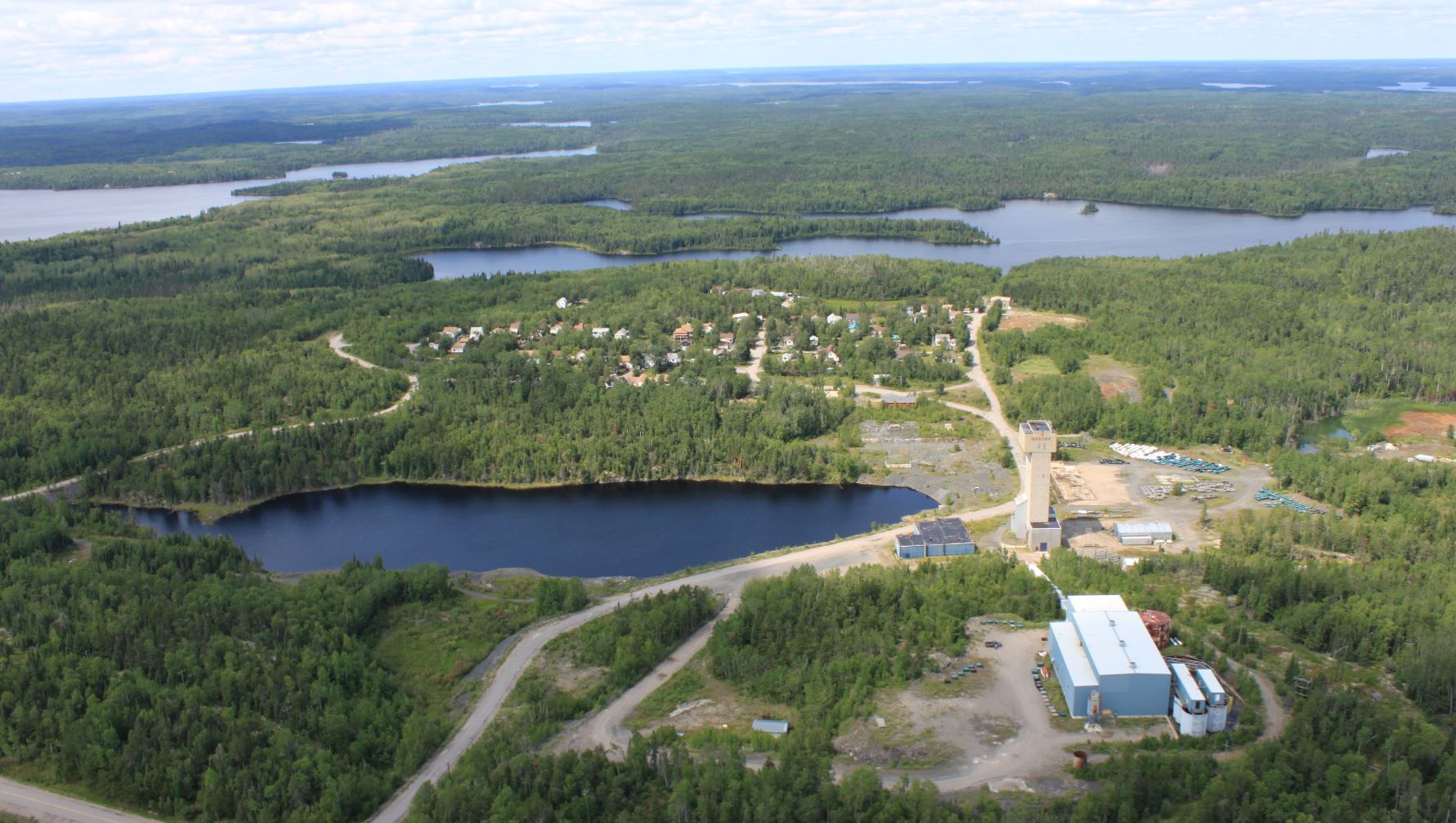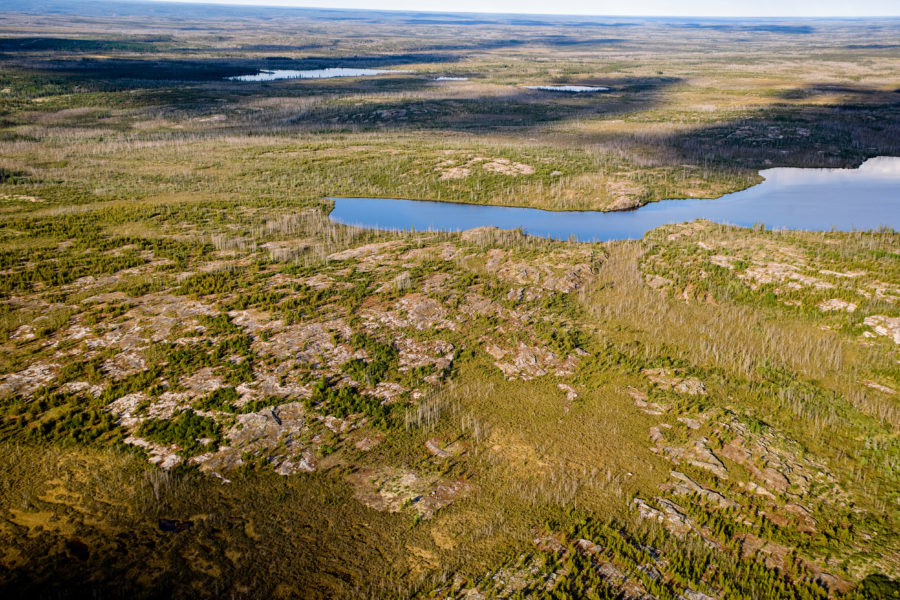An Argentinian gold project whose time has come
Serial entrepreneur Paul Matysek got involved with the Lindero gold project in Argentina on Nov. 1, 2012.
Lindero fit Matysek’s criteria for a gold deposit — it was a simple, heap-leachable deposit with low capex and operating costs.
But Argentine president Kristina Fernandez de Kirchner had recently implemented currency controls, and the intervening three years saw Argentina’s business reputation spiral downwards as foreign capital fled. Gold’s tumble didn’t help, either.
The geopolitical grind took a toll on all mining companies active in Argentina including Goldrock Mines, despite the Lindero project’s strong economics, simplicity and shovel-ready status.
“For the last two years when I’ve been marketing, it’s been persona non grata,” said Matysek, president and CEO of Goldrock Mines (TSXV:GRM). “It’s not because of the project — people love the project — it was mostly because of Argentina.”
The election of Mauricio Macri in November has been a sea change. The pro-business president wasted no time making changes to attract foreign investment — he lifted currency controls, resulting in an immediate 30% devaluation of the Argentine peso, and eliminated a 5% export duty on gold/silver dore.
“People are now thinking that Argentina may become the darling of South America,” Matysek said.
It adds up to a better business climate and cheaper costs for Goldrock, which recently updated its feasibility study on Lindero, which is fully permitted. The updated FS shows a robust, high-margin 12-year mine life with pre-production capital costs of $151.9 million, a two-year payback at US$1,200/oz gold and average annual gold production of more than 107,000 ounces.
All-in sustaining cash costs are US$777 an ounce for an after-tax NPV of $152 million (5% discount rate) and after-tax IRR of 26%.
Advanced engineering and metallurgy has been completed and Goldrock has even taken delivery of the crusher, one of the pieces of equipment with the longest lead times.
The decline of the artificially inflated peso will result in savings on both staffing and equipment costs, Matysek said, and the FS used US$65/barrel oil.
“I’m a believer that the heap-leach deposits are really the ones to go after. The five to ten million ounce deposits tend to be difficult to put into production because they have such high capex costs,” Matysek noted. “I thought that the market would be much more amenable to $150 million worth of capital versus $700 million worth of capital.”
Matysek believes Goldrock shares are undervalued compared to peers, and he’s been putting his money where his mouth is by adding to his stake through public-market purchases. He owns more than 3 million Goldrock shares, an almost 3% stake.
The CEO is also hitting the road to market the Lindero project — starting with a presentation at the Subscriber Investment Summit this Saturday (free registration link). The timing seems to be right, with gold experiencing a bull market to start the year.
And Matysek’s track record marketing his projects is an impressive one.
He was President and CEO of Lithium One, which was purchased by Galaxy Resources of Australia in July 2012 via a $112-million plan of arrangement to create an integrated lithium company. Lithium One’s project was also in northern Argentina.
Before that, Mr. Matysek was President and CEO of Potash One Inc. where, in 2011, he was the architect of the $434-million friendly takeover of Potash One by K+S Ag. Prior to founding Potash One, Mr. Matysek was President and CEO of Energy Metals Corp., a premier uranium company traded on the New York and Toronto Stock Exchanges. He increased its market capitalization from $10 million in 2004 to approximately $1.8 billion when it was bought by Uranium One in 2007.
When Matysek took over as president and CEO of Goldrock Mines (it was then Mansfield Minerals), he brought in experienced operators David Keough, as COO, and Bassam Moubarak as CFO.
Matysek took over from Mansfield CEO Gordon Leask, who with brother John put the prospecting team together that discovered Lindero in 2000.
Lindero was a grassroots prospecting discovery that came on the heels of other geological successes in northwestern Argentina, including the Lundins’ high-grade Bajo de la Alumbrera copper deposit (which later sold for $500 million).
The Leask brothers, who are now developing Nevada gold projects with Highway 50 Gold, were intrigued by the geological similarities between Nevada and northwestern Argentina.
“Argentina’s basically a young Nevada,” Leask said in a telephone interview.
The Leasks optioned Lindero to Rio Tinto, which drilled the first 11 holes at the deposit and determined it was too small.
“Rio Tinto gave it back to us with 1 million ounces and said it wasn’t big enough for them,” he said. Mansfield drilled off the rest of the deposit, which has proven and probable reserves of 1.684 million ounces at an average gold grade of .63 g/t.
The mineralization at Lindero is so consistent that “it was pretty hard to miss on that deposit,” said Leask, who remained a director until June 2014 and still owns a large position in the stock.
The deposit was never drilled for depth, and he suspects Lindero has a porphyry deposit underneath it.
With a low burn rate and $3.1 million in the treasury, Matysek said he’s in no rush to pull the trigger on a deal. If he can’t get the right price for Lindero, he says he is open to an accretive merger, joint-venture scenario or building it.
Goldrock has about $3.1 million in the treasury, a reflection of Matysek’s ability to raise money in less-than-stellar financing markets. Goldrock did financings with Orion in 2015 and Waterton in 2014, both of them at healthy premiums to the market price.
Price: 0.30
Shares outstanding: 102,584,918
Cash: $3.1 million
Market cap: $30.8 million
By James Kwantes and Tommy Humphreys
James Kwantes is long GRM at the time of writing. This article is intended for informational purposes only. Small mining stocks like GRM are highly risky and volatile securities and not suitable for most investors. Always do your own due diligence and talk to a licensed investment advisor prior to making any investment decisions. Read Goldrock’s web site and SEDAR profile for more information and important risk disclosures.
More News
{{ commodity.name }}
{{ post.title }}
{{ post.date }}




Comments